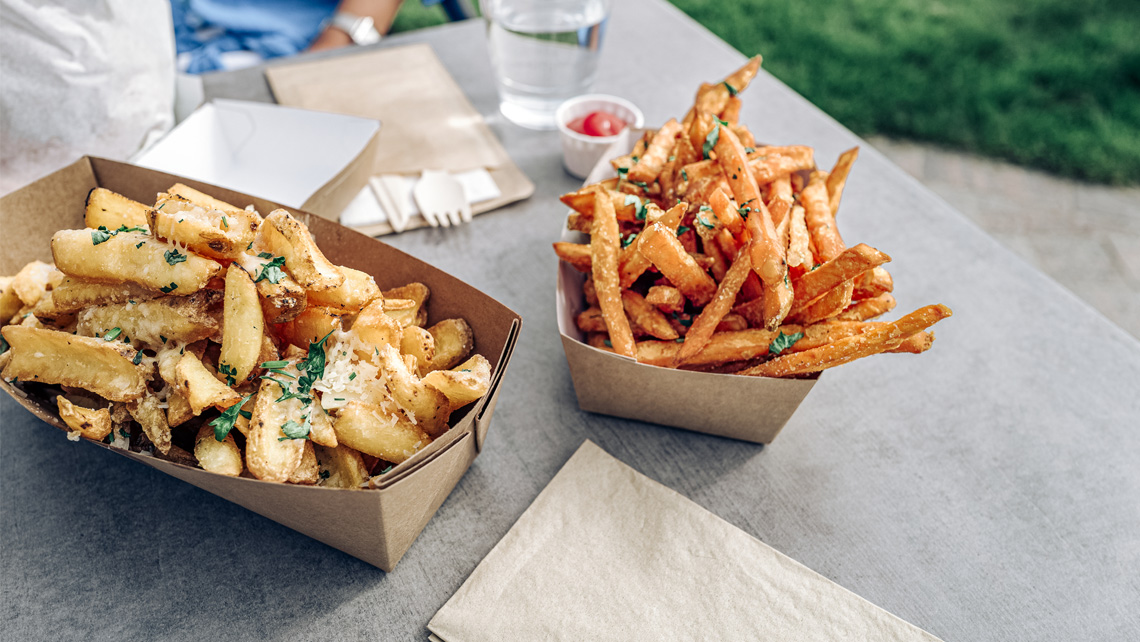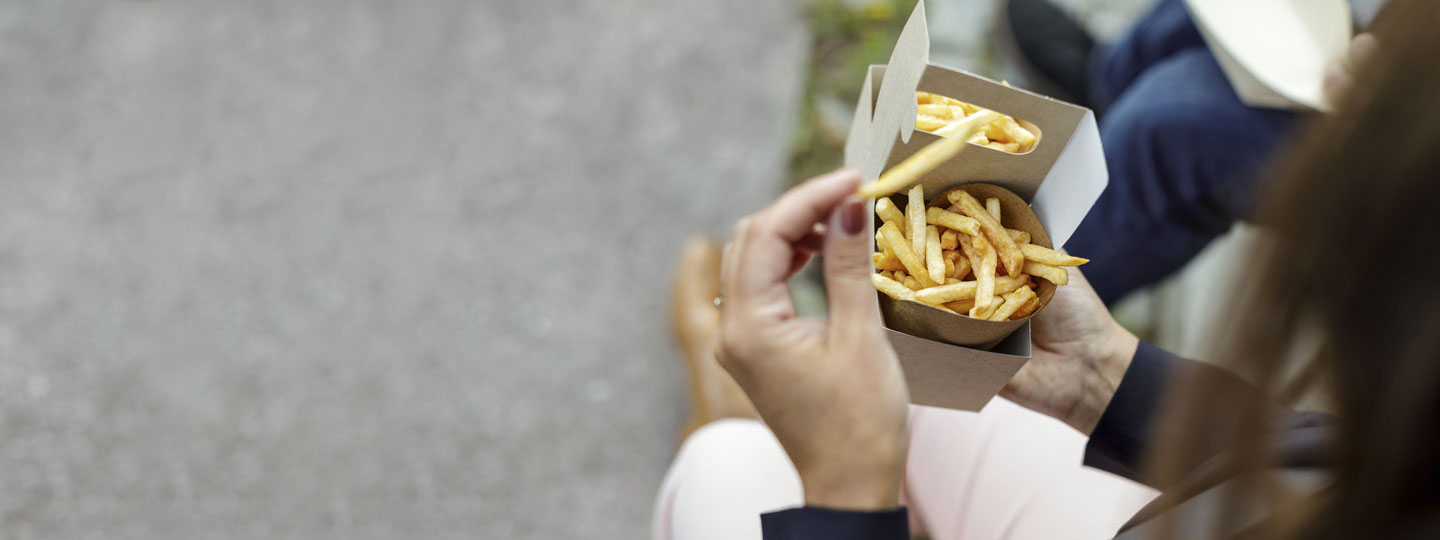With 40 years of industry experience, including two decades in a paper mill, let’s just say Gordon Bugg, Senior Application Specialist for coatings at Kemira Pulp & Paper, knows a thing or two about paper and packaging ─ and he’s keen to help the industry adapt. Today the barrier coating expert collaborates with paper and board manufacturers across North America, helping them develop recyclable food packaging with new dispersion barrier coatings.
Meeting all the marks for environmental performance
People and policymakers are demanding sustainable solutions. Gordon supports paper and board mills as they translate these trends into business opportunities when it comes to fiber-based packaging. “There is a big regulatory push to ban coatings made with fluorochemicals,” Gordon explains. Fluorochemicals include perfluoro- and polyfluoroalkyl substances, which are commonly referred to as PFAS. These compounds are very persistent in both the environment and the human body, so there are significant concerns about health impacts. American and European regulators are acting quickly to phase them out.
“Paper and board manufacturers have almost no choice,” Gordon acknowledges. “They pretty much have to implement new coatings technology now.”
The demand gets shifted back along the supply chain, and it’s the mills that have to adapt.
He adds that brand owners – and therefore paper and board mills – are under additional pressure from consumers to ditch any packaging made with fossil-based solutions like plastics. “People are ready to move away from plastics. They don’t even want cups and take-away containers lined with polyethylene (PE), the current primary coating,” he notes. “These demands get shifted back along the supply chain, and it’s the mills that have to adapt.”
Kemira offers dispersion barrier coatings as a sustainable alternative. Gordon says that these new water-based coatings help fiber-based food packaging meet all the marks when it comes to environmental performance: repulpable, recyclable, compostable, and biodegradable. With his barrier coating expertise, part of Gordon’s role is ensuring that manufacturers understand each claim and how their choice of coating technology impacts the final packaging.
Application makes all the difference
But what about performance? Consumers want sustainability, but they don’t want grease and moisture leaking through their packaging.
Gordon says that it’s fair for board manufacturers to expect high performance because their customers and consumers do, and he loves explaining how to get the most from dispersion barrier coatings.
“For years, paper and board mills tried to treat new coatings the same way they did incumbent technologies, so they thought that dispersion barrier coatings had performance issues,” he says. “But application makes all the difference. You can get great results with dispersion barrier coatings as long as you recognize they’re not a drop-in replacement for a traditional barrier.”
Dispersion barrier coatings require a base sheet with different specifications.
According to Gordon, there are some variables that tend to surprise board mills when they make the switch. He says one critical area is the base sheet. “Dispersion barrier coatings require a base sheet with different specifications. We’re looking for smoothness and porosity. You don’t want the base sheet to suck the coating up like a sponge. You want the coating to sit on the surface,” he explains.
With his barrier coating expertise, Gordon helps board manufacturers better understand application and deliver added value by bringing the coatings process in-house. He also points out how these changes could mean adjustments for the converters who handle the board next. “It’s all about education,” he likes to say.
His other favorite phrase is “it depends”. That’s because every mill is different. Gordon says that optimizing dispersion barrier coatings requires a tailored approach, including on-site support. “Having a solid understanding of the mill, its converters, its customers, and what they’re all trying to achieve is the only way to ensure success and later, optimization,” he emphasizes.
A knowledgeable partner
This type of end-to-end knowhow in paper and board manufacturing, barrier coating expertise, as well as a deep understanding of the supply chain, makes Kemira a more experienced and knowledgeable partner.
Board manufacturers who optimize now will have a great opportunity in the market.
“We know how to address challenges and find opportunities along the full value chain ─ from pulp and paper all the way through to consumers,” Gordon says with pride.
As consumers continue to demand more sustainable solutions, fiber-based food packaging holds a lot of promise. As Gordon puts it, “Sustainability isn’t slowing down. Board manufacturers who optimize now will have a great opportunity in the market.”



